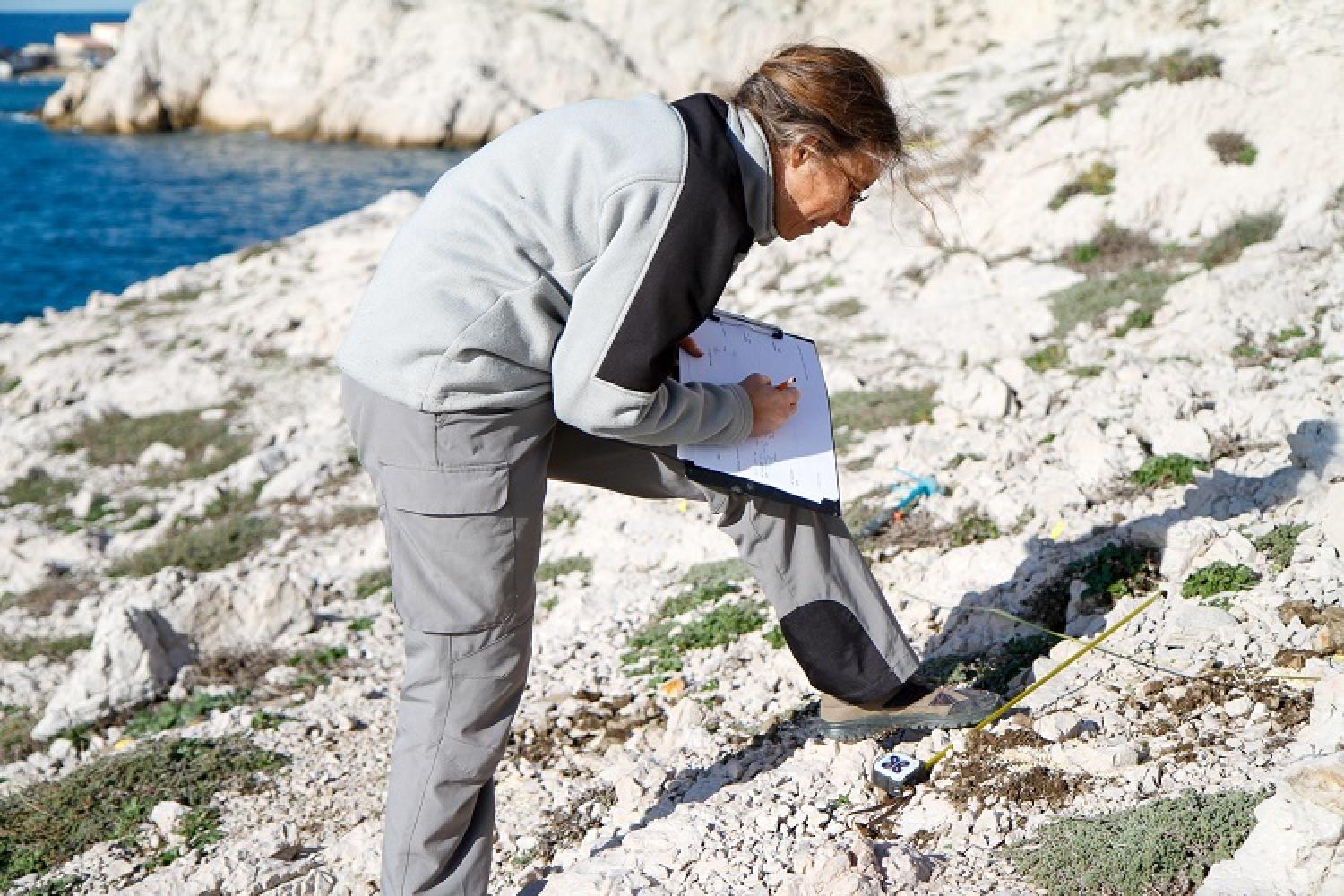Directing the science in the Calanques
What is it?
The scientific strategy is a document that focuses research on the main knowledge issues in the Calanques area. In concrete terms, it translates into a series of multidisciplinary studies carried out in the field: these studies complement each other and are linked to the area's management objectives.
This scientific strategy was drawn up using collective intelligence, during special meetings of the Scientific Committee, alongside workshops bringing together the National Park's working community. The final document was adopted by the Management board for the period 2017-2021.
Local characteristics
The Calanques National Park's situation is unique. Its territory, both land and sea, is in close contact with a large urban Mediterranean metropolis. The different areas of the National Park are therefore considered as belonging to the same whole, where biodiversity and society interact: this is what is called a "socio-ecosystem".
The idea is to manage the National Park's heritage while taking into account the issues that are central to it: this is what is called "integrated management".
In the heart of the issues, distanced from the pressures
Through this approach, the scientific strategy recognises the wide diversity of values placed on natural and cultural heritage. It takes into account the many human activities that take place in the area and their history in the functioning of the eco-systems. Finally, it identifies the mutual dependencies between biological and cultural heritage, and societal and economic players, etc.
As the protection of biodiversity is in everyone's interests, the scientific strategy also helps to guide the development policies of the National Park and its surrounding areas. It cultivates objectivity, perspective, independence and humility, because science is a tool and not a doctrine.





